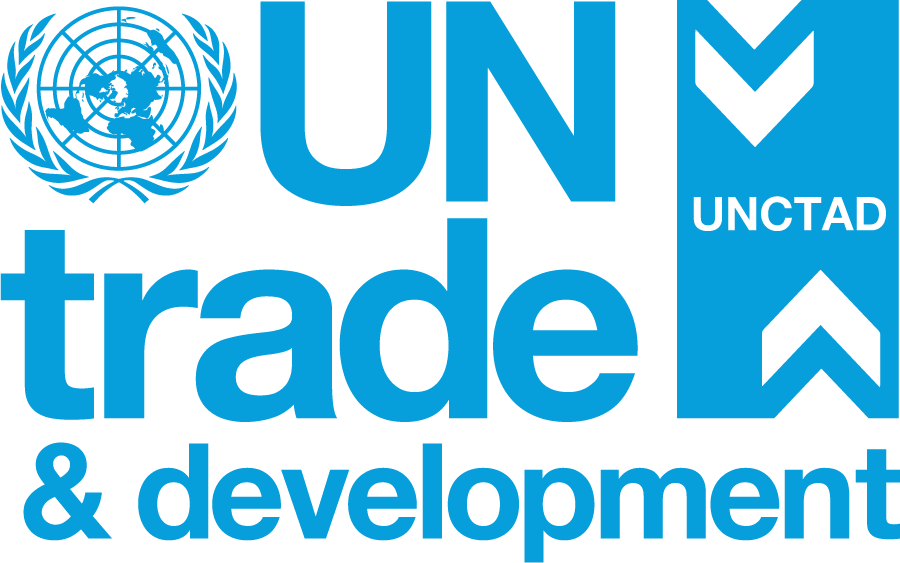Breaking barriers: How non-tariff measures impact women in e-commerce
A UN Trade and Development report highlights why targeted support and gender-sensitive policies are key to helping women entrepreneurs thrive in the global digital economy.

© Shutterstock/DC Studio
Understanding NTMs: Non-tariff measures affect global trade and women-led businesses.
Challenges and solutions: Potential strategies to overcome the unique hurdles faced by women in e-commerce.
Empowering women: NTMs can support and protect female exporters in the digital economy.
UN Trade and Development's (UNCTAD) latest publication, “The impact of non-tariff measures on women’s e-commerce businesses in developing countries”, sheds light on the unique challenges faced by women-led businesses in the digital economy and the role of non-tariff measures.
What are NTMs and why do they matter?
Non-tariff measures (NTMs) are any policy measures other than tariffs that can potentially have an economic effect on international trade in goods.
NTMs include product specifications for safety and regulations on food designed to protect health, as well as directly restrictive trade defence policies. These include quotas, non-automatic import licensing and rules of origin, to name a few.
While many NTMs aim primarily at protecting public health or the environment, they significantly influence trade by adding information, compliance and procedural costs. Their prevalence, as identified by UN Trade and Development, has risen steadily over the past decade. They increasingly shape trade, influencing who trades what and how much.
The challenge
NTMs, although designed in a gender-blind way, disproportionately affect women-led businesses. Compliance with these measures impacts these businesses more than those led by men due to several factors. These include pre-existing gender gaps, firm size, exporters' capacities, the economic sector in which businesses operate and the accessibility of support systems.
Key barriers related to NTMs for women-led businesses
- Increased regulatory burden and reduced capacities due to smaller firm size
- Concentration in less profitable sectors like agriculture and textiles, where NTMs are more prevalent
- Higher customs clearance time due to gendered supply-side constraints
Since women-led firms are more likely to fall into the micro, small and medium-sized enterprise (MSME) category than their male counterparts, they face greater NTM-related trade costs. These businesses may experience NTMs differently due to distinct capacities, demand and concentration by sector and product. Smaller firms, in general, struggle with high fixed compliance costs relative to their trade volumes, resulting in heavier regulatory burdens.
Women-led businesses are also often concentrated in less profitable product categories such as agriculture and textiles, which have a higher prevalence of NTMs compared to sectors like machinery, minerals, fuel and transportation.
Additionally, women-led businesses face gendered supply-side constraints. These include difficulties in accessing information about compliance requirements, limited technical capacity and resources, and a higher share of unpaid work. For example, women-owned businesses spend 1.5 times longer for customs clearance than their male counterparts due to NTM compliance requirements. As a result, the overall impact of these measures on women-led businesses is disproportionately negative, as they struggle with increased compliance costs and time.
Can NTMs also support women in trade?
Evidence suggests that sectors where women are prevalent, like agriculture and food, may benefit from NTMs. These measures can enhance consumer confidence through sanitary regulations and technical barriers while boosting trade with low-cost requirements such as labeling and packaging.
Regulations related to cross-border online activities, though distinct from typical NTMs, can also protect female exporters from gender-based vulnerabilities like online violence and harassment. This protection can enhance their participation in e-commerce.
Additionally, digitalization of customs and trade procedures can alleviate gender-specific challenges, particularly for digitally savvy women exporters. By reducing in-person interactions, digital trade makes exporting safer for women, who often face higher rates of harassment and corruption.
Making NTMs work for women-led e-commerce businesses
More efforts are needed to support women-led businesses in overcoming the challenges of breaking into global digital markets. Improving the awareness and understanding of non-tariff measures would result in improved compliance. This, in turn, would reduce delays through the efficient management of costs and time, enabling women-led ecommerce businesses to take full advantage of the opportunities offered by e-commerce.
Investing in research is crucial to better understand the gender specific impacts of NTMs across different industry sectors at regional, national and global levels. From a policy perspective, understanding the gender-specific impacts of NTMs can lead to the development of strategies that empower women-led firms to thrive internationally.
Effective policies should also address supply-side obstacles, such as the lack of necessary education and skills needed to recognize and comply with NTMs, thus reducing the disproportionate exposure faced by women-led businesses.
UN Trade and Development’s groundwork in NTMs
This publication is part of UNCTAD’s e-learning programme on trade and gender, a broader initiative by UN Trade and Development aiming to provide stakeholders, including government officials, academia, and civil society organizations, with the knowledge needed to analyze the relationship between trade and gender.
The latest online course offered from 17 June to 22 July 2024 tackled the topic “Trade and gender linkages with a focus on non-tariff measures from a gender perspective”.
The path to a more inclusive digital economy is fraught with challenges. However, understanding and addressing the impact of NTMs on women-led e-commerce businesses is a crucial step towards bridging the gender gap. With targeted support and gender-sensitive policies, the potential of women in digital trade can be fully realized.


